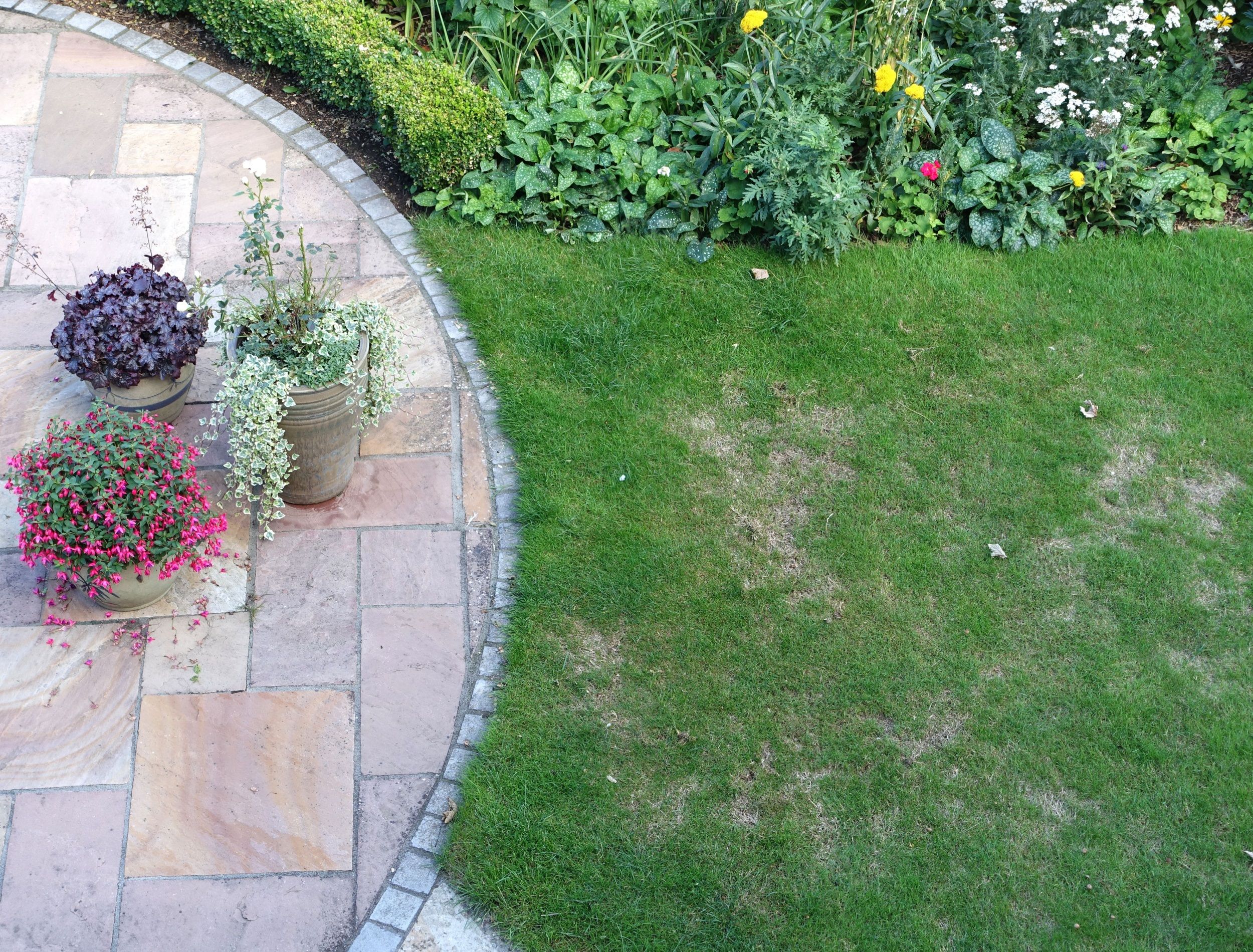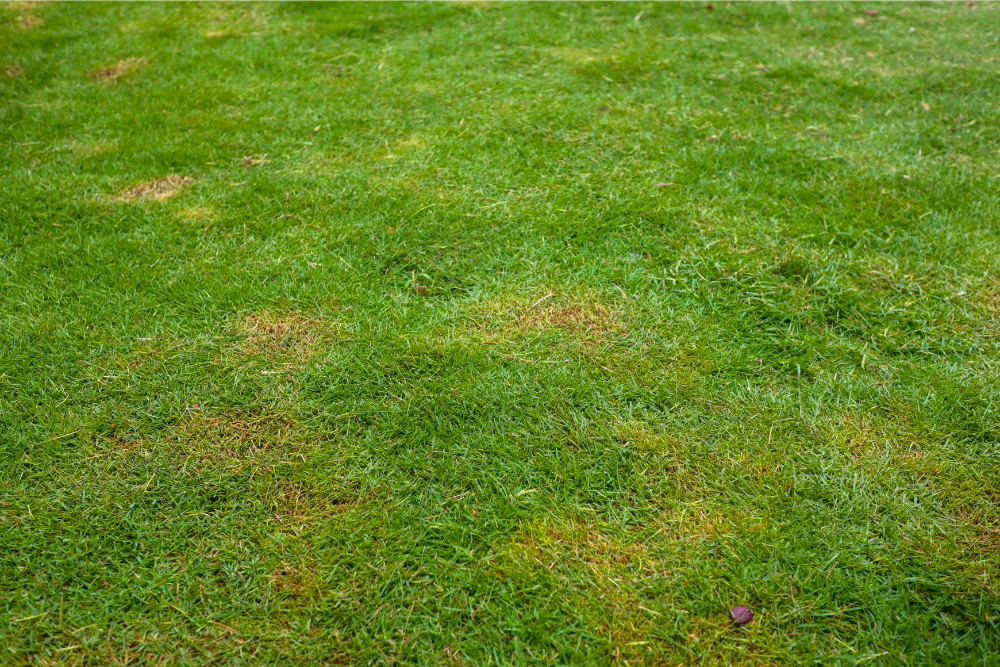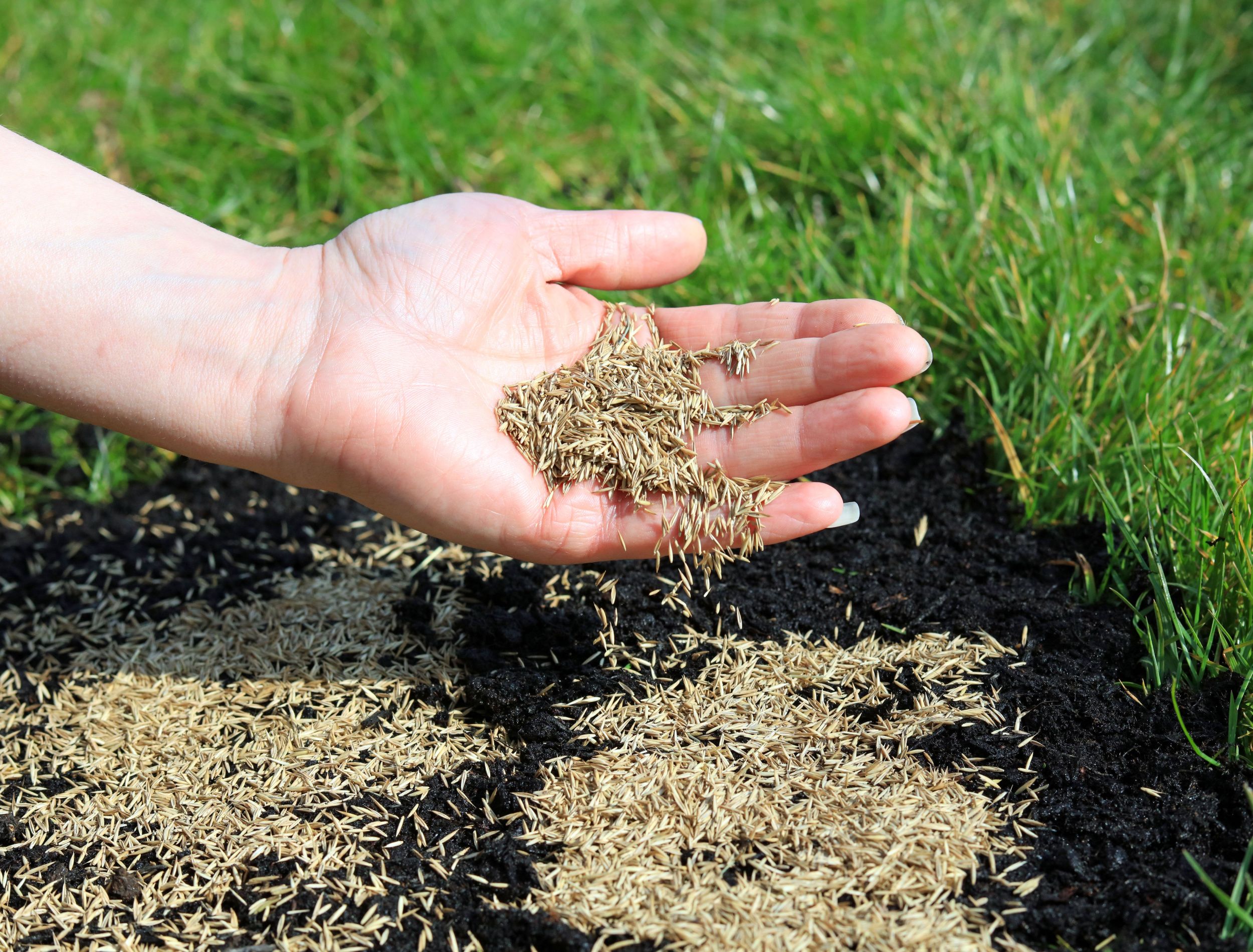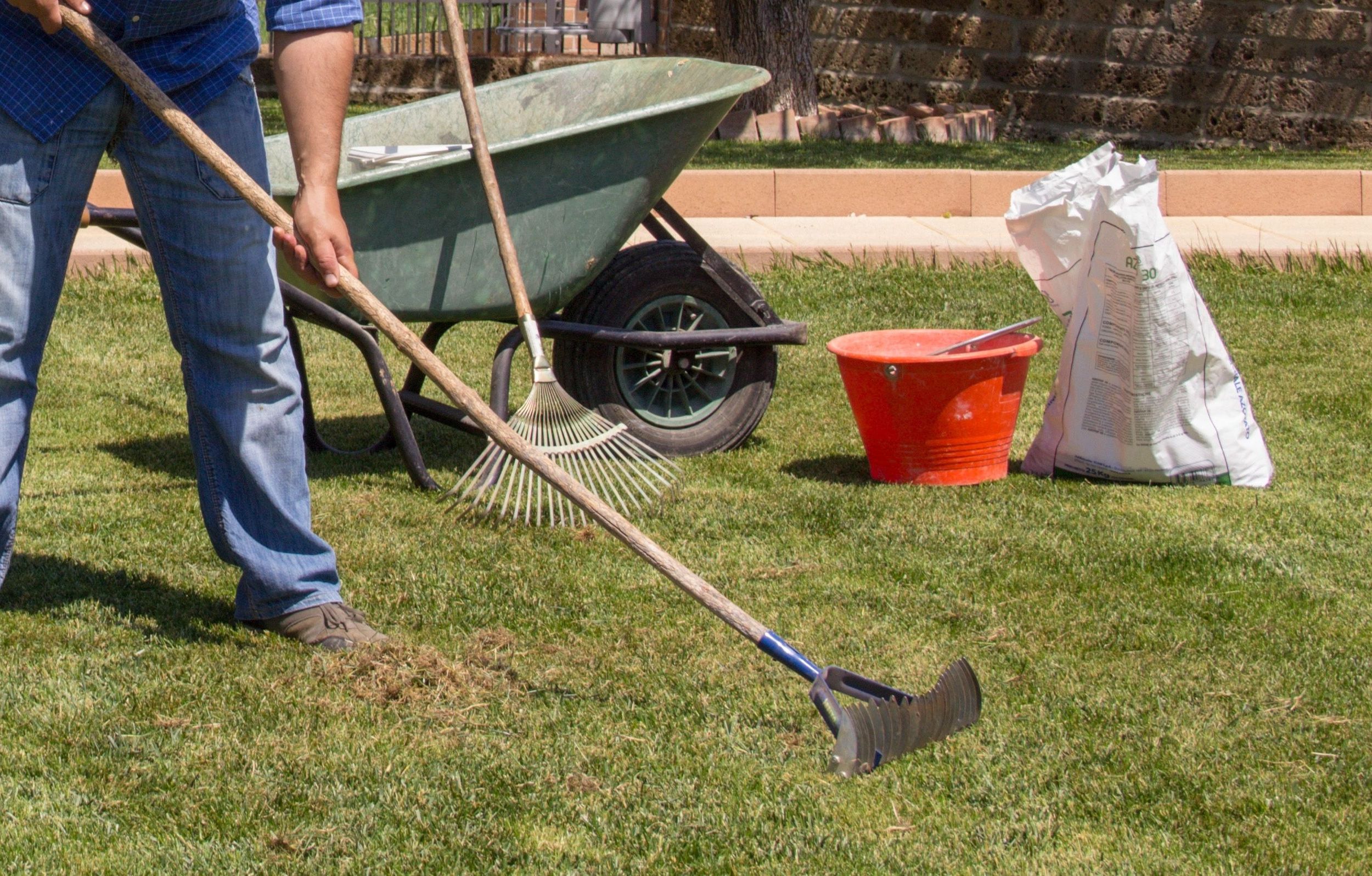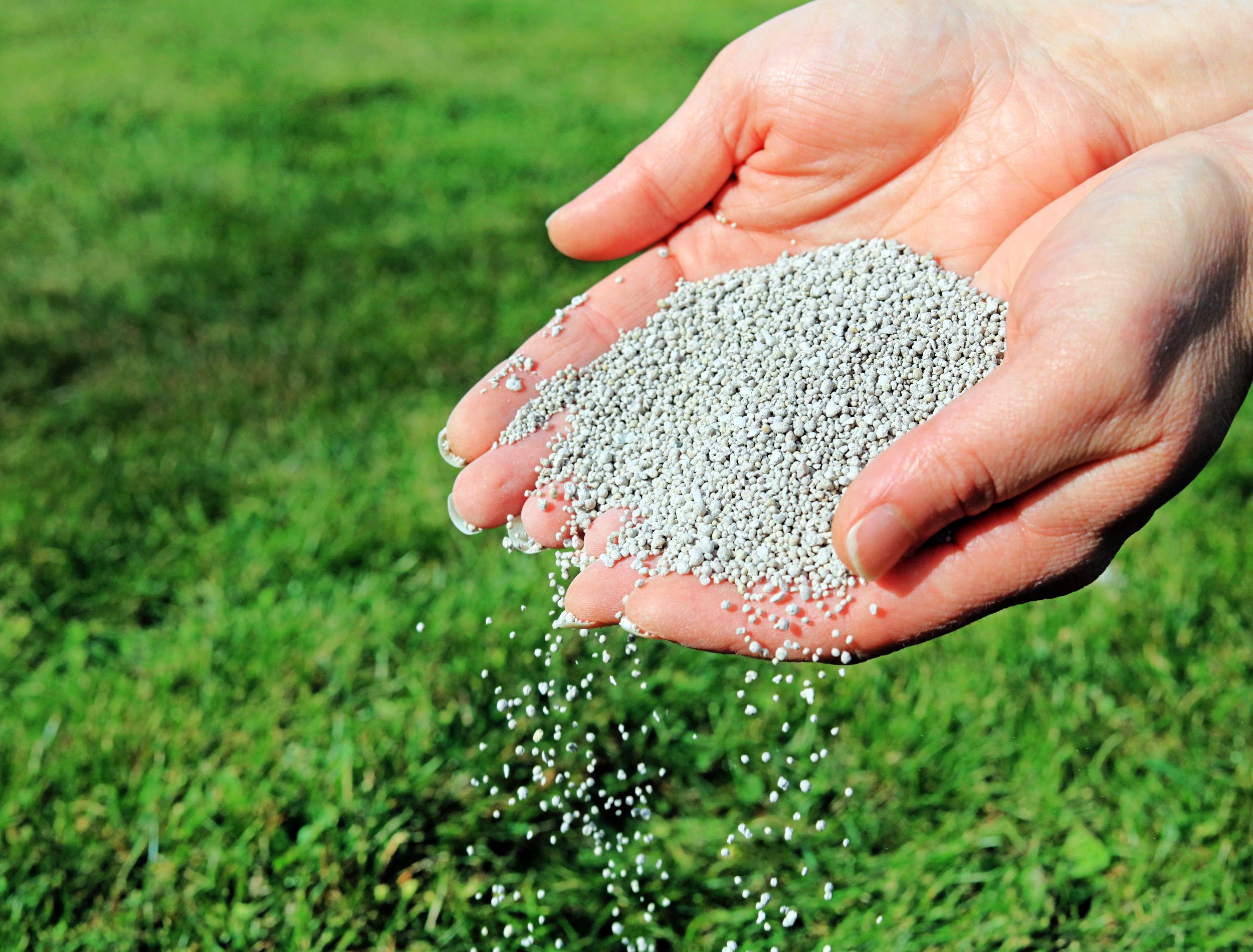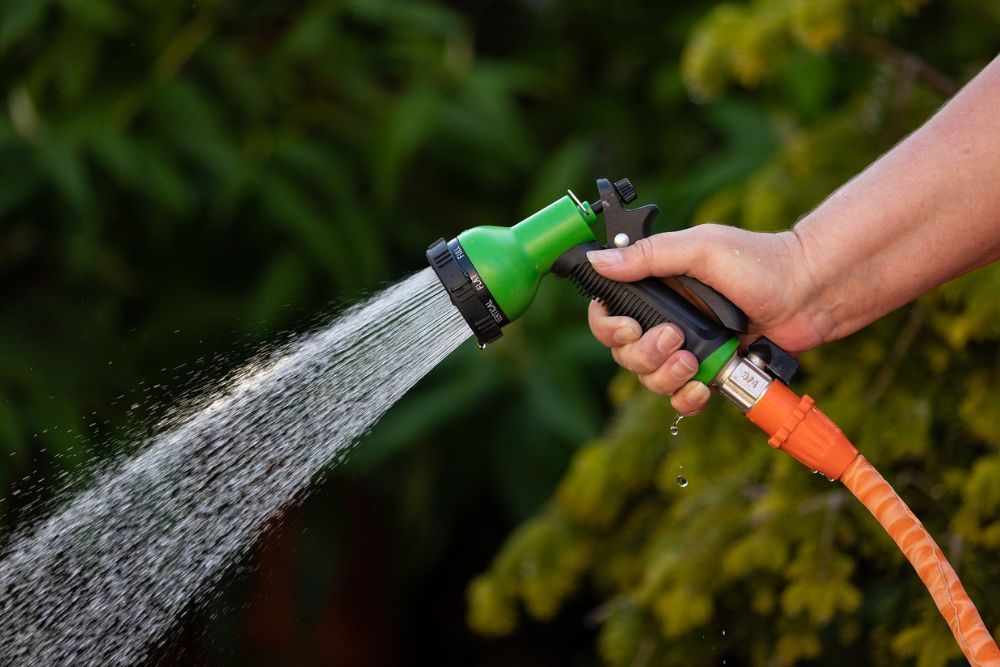Having a beautiful lawn is an important part of maintaining your outdoor oasis, but an uneven lawn detracts from the beauty of your property. The good news is that there are steps you can take to successfully tackle this common problem.
Discover why grass seeds often grow patchy and what strategies you should utilize in order to create a lush and green lawn. From pinpointing underlying issues -- such as soil quality -- to establishing a regular watering schedule, read on for all the tips and advice needed for getting your grass seed back on track!
Causes of Patchy Grass Growth
Image credits: menikwidyowati's images via Canva
If you haven't properly prepared your soil, it may lead to poor drainage and compaction. Poor drainage results in waterlogged areas, while compaction or debris prevents air and nutrients from reaching the roots of grass plants. This prevents even growth over time, leading to patches or bald spots in your lawn.
Nutrient deficiencies are also a common cause of patchy grass growth. If your soil doesn't have enough nitrogen or other essential minerals, it leads to craggy growth that produces patches and bare spots on your lawn. The best way to ensure adequate nutrient levels is by fertilizing your grass with a high-quality fertilizer.
Finally, improper watering causes patchy grass growth as well. Too much water drowns the roots of grass plants, while too little prevents them from getting the moisture they need to grow evenly. To keep your lawn in top shape, use an irrigation system or follow recommended watering schedules for your particular grass type and climate.
Tips for a Healthy Lawn
If you're finding that your grass is growing patchy, don't fret -- there are plenty of things you can do to bring your lawn back to life! With some basic tips and tricks, you'll have a healthy, lush green lawn before you know it.
Choosing the Right Type of Seed
Image credits: Dean Clarke via Shutterstock
Grass grows differently depending on where you live and what type of climate your lawn experiences. For a lush lawn, choose a grass seed that thrives in your area.
Warm-season grasses are best for areas with mild winters and hot summers. Warm-season grasses become inactive in the fall and winter, so it's best suited for regions where temperatures don't dip too far below freezing. Popular warm-season grasses include Zoysia, St. Augustine, and bahia.
On the other hand, cool-season grasses are best for areas with cold winters and hot summers. This type of grass grows actively during the spring and fall months before slowing down during the summer. Popular cool-season grasses include ryegrass, bluegrass, and fine fescues.
Assessing Soil Quality & Preparing the Ground
Image credits: gianni31 joker via Shutterstock
When assessing why your grass seed is not growing properly, start by testing your soil's pH level to make sure it falls within the optimal range of 6.5 and 7.0. If it doesn't register in this range, you might need to think about adding nutrients or adjusting its acidity levels through limestone treatments or sulfur applications to create a better environment for your grass seeds to thrive.
Once you've tested and adjusted the soil conditions as needed, it's time to get prepping! Clear away debris, such as leaves and twigs, that prevent grass seed from germinating. If the soil is compacted or has trouble taking in moisture, an aeration treatment helps to open it up and give your grass roots better access to nutrients and water. Aim to aerate once every three years, at a minimum. However, if your lawn sees heavy traffic, aerating twice a year is also acceptable.
Seeding
Image credits: shulzie via Canva
Once you have a smooth, prepared surface, it's time to spread the grass seed. To get an even coverage and ensure maximum growth potential, sprinkle the seeds over your lawn using a hand spreader or a mechanical one. The key is to disperse the seeds in all directions across your lawn and make sure there are no bare patches.
Fertilizing
mage credits: Dean Clarke via Shutterstock
A quality fertilizer specifically designed for the type of grass you're trying to grow helps provide vital nutrients that lead to lush, green growth.
Fertilize a cool season lawn in the spring and then twice more in the fall. Warm season lawns need fertilizing in early spring, and again in July or August. This ensures your grass has enough nutrition to keep growing strong all year round without becoming patchy.
Pro-Tip: Fertilizing too much or too often may harm your grass and make it more likely to develop patchy spots. That's why it's important to stick to the recommended amount for your type of grass. If you're not sure what kind of fertilizer is best for your lawn, consult a professional who can recommend the right product based on soil type and climate.
Watering
Image credits: Kev via Pixabay
The key to successful grass growth is proper watering, and that means making sure you apply at least 1 inch of water over the entire surface of your lawn once a week.
Watering in the morning ensures that the moisture has time to percolate down into the soil before evaporation takes place during the afternoon heat. You also avoid exposing grass blades directly to hot, midday sun, which causes them to burn from rapid heat absorption. Additionally, watering in the mornings avoids fungal growth that may occur if you water at night.
Water grass evenly for the best results. Otherwise, you might end up with patchy growth because of uneven amounts of moisture. To avoid this, use a soaker hose or sprinkler that's designed to deliver an even distribution of water over your lawn.
Ready, Set... Gorgeous Lawn!
With the right know-how and the help of these tips, your lawn can look fantastic once again! From understanding why your grass seed is growing patchy to taking steps to correct it, you'll be able to create a gorgeous outdoor paradise that will have all of your neighbors' green with envy. So, what are you waiting for? Get out there and begin transforming your dull and patchy grass into a bright and vibrant landscape! And when you're done, leave a comment below and share with your family and friends.

